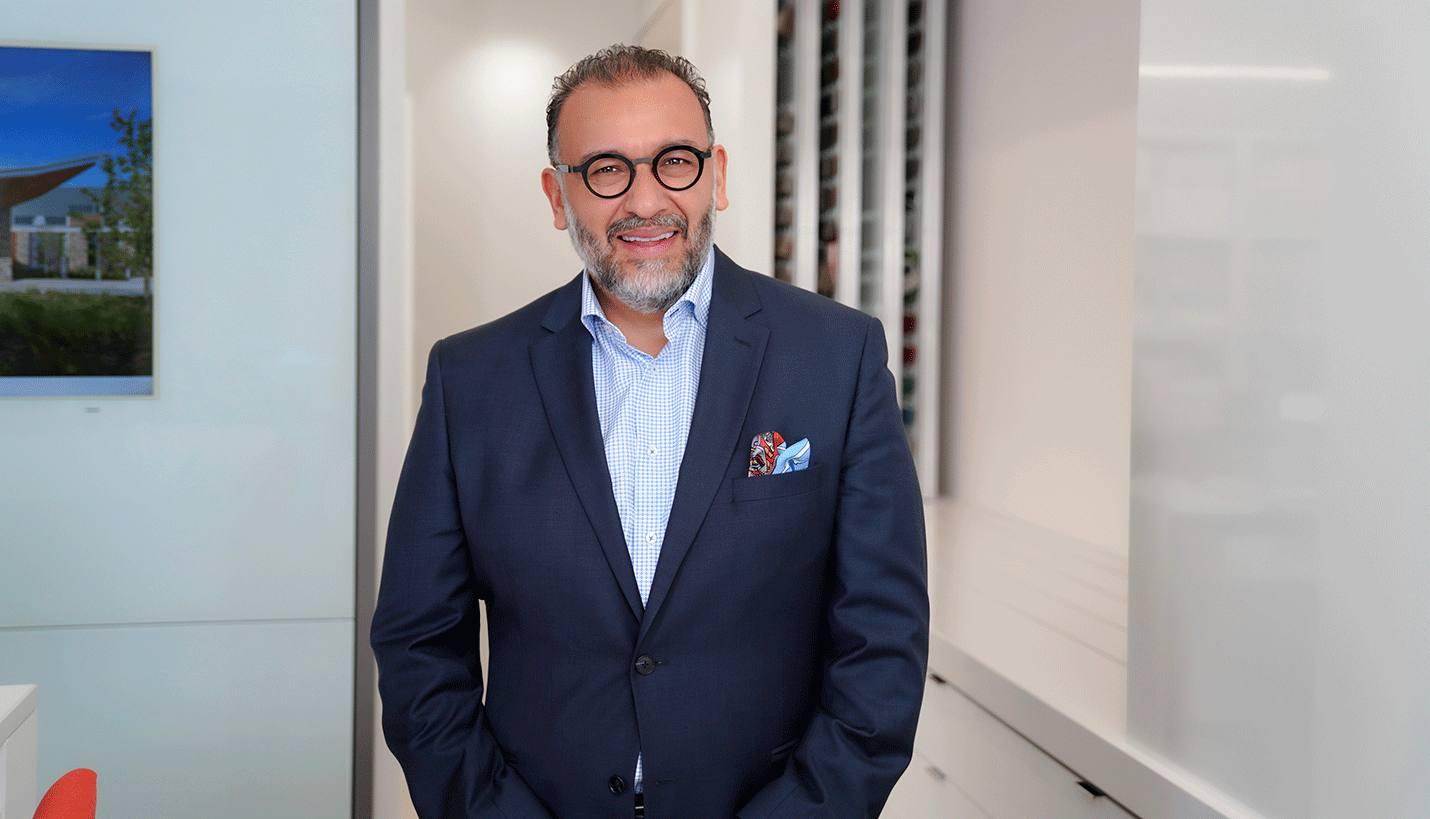

Architecture is all about a hard day's work
The wide-eyed son of a carpenter started with a vision that resulted in designs. Literally. Art Chavez thinks his career destiny was created when he was “six or seven years old, watching and working with my father. I loved to construct and draw and see how the various shapes all fit together. I was always sketching and assembling. I was enamored and never envisioned doing anything else. I had friends I went to grade school with who asked me many years later, ‘So did you become an architect?’ I did.” And not just an architect - Art emerged as the youngest managing principal in the prestigious 100-plus year history of Page Southerland Page.
He realized that to become relevant, he would need to be open to an enormous multiplicity of interpretations. The old-fashioned Western ‘this is’ ‘that is’ was no longer tenable. Rather, he must be intellectual and rigorous, but at the same time a relativist. Art proceeded to carve a signature identity in a discipline that stands with one leg in a world 3,000 years old and another in the 21st century, an almost ballet-like stretch that makes the profession one of the last that holds memory. If the mission is not creating, then it’s protecting what already exists, in either instance paying homage to earlier cultures and mentalities to which a new dimension, a new function, a new aesthetic is achieved.
In 2005, Art recognized a shift in the architectural landscape. He fully embraced the idea of Page serving as a laboratory where both the firm and flood of rising design talent would continue to mutually benefit in an ongoing dialectical way, mixing and matching a virtuosity of interpretation. The architect’s evolving role suggested channeling his expanding strengths into managing teams, fostering client relations, and recruiting, nurturing, and retaining the next wave of cognoscente, serving as a steward in an office seamlessly networked into the rest of the world.
The always-architect at heart sees clearly and speaks plainly. And whether constructing highly complex contours or incorporating massive scale monolithic walls, his internal designs are firmly governed by the ageless values of goodness, discipline, and knowledge. “It certainly requires discipline to have awareness for morals and ethics … and that should be first and foremost in all that we do personally and professionally. Knowledge carries beyond facts and expertise. It’s knowing people and leading people to provide excellence, learning how to learn from others. Most education surfaces not in the labs but in the corridors where people meet and conversations take place and interactions percolate. Always look in the mirror and also in the rear view. How did you lead and teach to influence good?
“I often take time to appreciate friends and collaboration. So much can be said for treating people fairly and honestly so that there’s no misconception. I believe we are all responsible for our brand and image. Do we conduct ourselves to leave others with the desired impression? It’s a self-awareness that we often learn later in life. But if we treat others with equal respect all along the way, life tends to return those acts favorably.”
In the end, architecture is all about a hard day’s work. A leap of faith. A laborious leap of faith.
Excerpted from an article on the St. Thomas High School website.
10/18/2019








